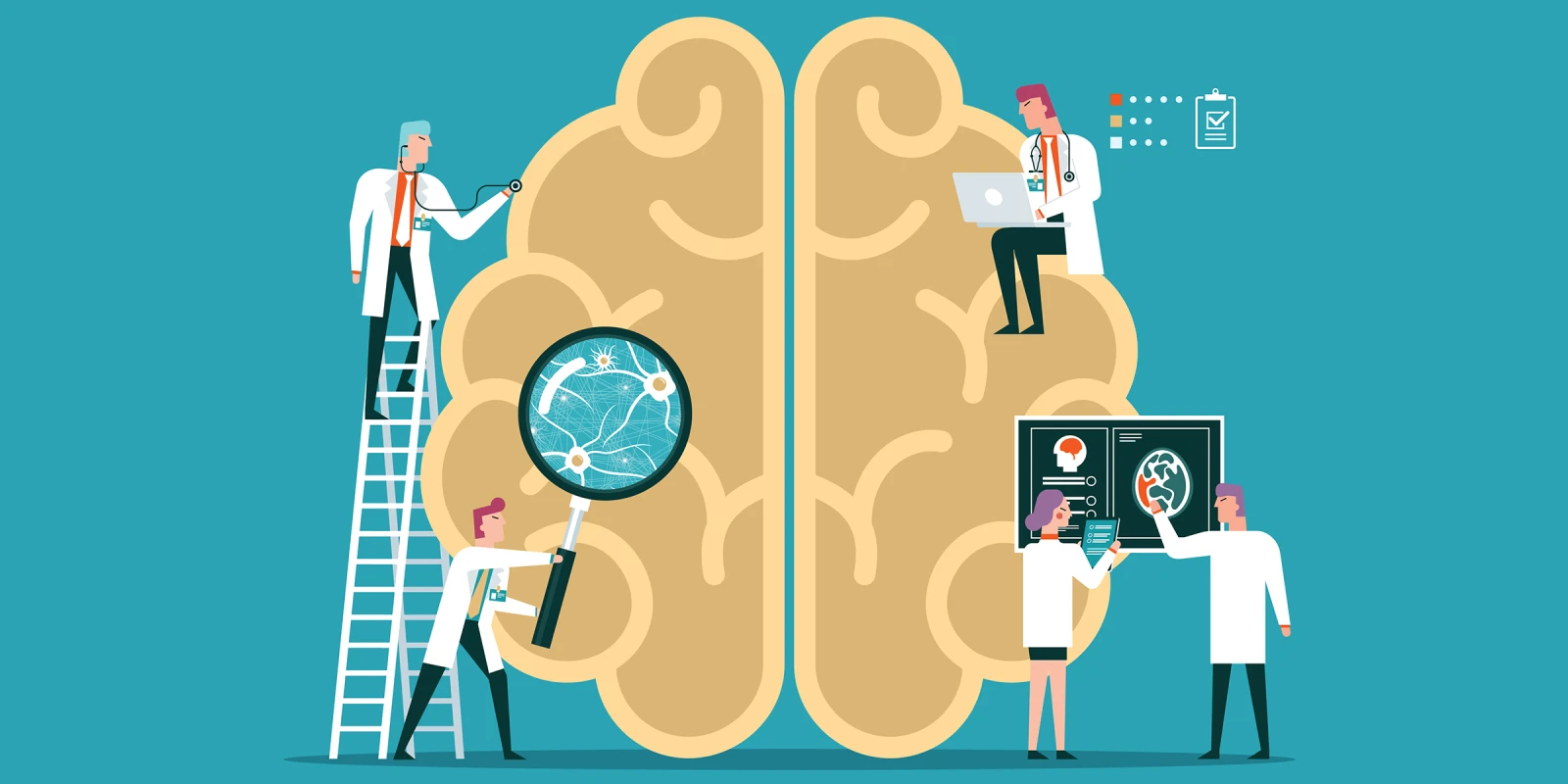Since the U.S. shut down in March 2020, not only have we been rebounding back and forth between closures, but also between sheer exhaustion and, quite frankly, confusion. Travel is still daunting, and the rise of the delta variant made the risks of coronavirus much higher even to the high subset of vaccinated medical professionals. So, when the announcement came that the American Association of Neurological Surgeons annual meeting would be going all virtual for the first time in its history, it was not a huge surprise, just one more unexpected turn and bump in the tumultuous COVID-19 ride. In the pandemic era, is anything really unexpected anymore?
The opening day of the conference was a nine-hour marathon of an International Symposium. Although there are international travelers aplenty at the traditional meeting, having the playing field evened for all of us by an all-digital concourse really opened our eyes. Hearing three consecutive presentations from our colleagues in Japan, Bulgaria, and South Africa made it painfully clear that hosting a digital symposium would clearly succeed the attention to detail given in a virtual meeting. The coordination of the colleagues across multiple time zones appeared effortless, not at all detracting away from the topics. So, despite AANS being the first neurosurgical virtual meeting of this size and scope of its kind, it didn’t feel that far off from the Zoom meetings we all have to attend at home.
The following days were filled with great presentations from a myriad of institutions around the United States. The breadth of the topics discussed was impressive as always, ranging from translational to clinical research in various neurosurgical topics. The large number of presentations and the extremely condensed schedules in conferences often pose the risk of inability to adhere to the proposed agenda. However, this problem was very much mitigated during this conference as many of the guest speakers’ sessions were previously recorded. Even the live presentations were very well-prepared and technological glitches were extremely rare.
The meeting this year also hosted many spotlights for our female colleagues. Monday’s plenary kicked off with Sarah Thomas, the first full-time female official in the history of the National Football League (NFL). Following her on Tuesday was a fantastic lecture on cognitive behavior delivered by Maya Shankar, PhD. Two outstanding women, Dr. Yoko Kato, the chair of the neurosurgery department at Fujita Health University Banbuntane Hotokukai Hospital, and Dr. Gail Rosseau of The George Washington University School of Medicine and Public Health, won the International Lifetime Recognition Award and Humanitarian Award, respectively. Our hope is that these impressive achievements will inspire us all and help recruit more women into our small subspecialty.
Although the 2021 AANS Annual Scientific Meeting was a sensational event, it also had some drawbacks. The main struggle with the virtual format is the scarcity of opportunities to informally network with colleagues. Perhaps this is felt most greatly by medical students, residents, and fellows, who otherwise would not have an opportunity to talk to attendings, although being able to save a couple hundred dollars in travel expenses may have lessened the sting. It is far easier for informal conversations sparked over morning coffee to grow into future research collaborations than it is for an email or a message in a chat box. Unfortunately, given our current circumstances, such opportunities were lost. Additionally, the oral presentations followed one after the other without any allocated time for Q&A’s. This hindered audience engagement as there was no time for the attendees to have a discussion with the speakers.
At the end of it all, the 2021 AANS annual scientific meeting was a success. Presentations took place as they were supposed to, invited speakers had poignant discussions acknowledging the pandemic and its effects on our communities, and we got a chance to hear and connect with more of our international colleagues. This first virtual AANS meeting in its history shows that digital meetings will be a part of all of our meetings in the future. How to blend that in a hybrid fashion or with in-person networking and social gathering opportunities remains to be determined. Virtual and hybrid meetings will alter how we meet in the future, and this first virtual AANS in history has shown the successes and shortcomings in virtually connecting and sharing our work with one another and continuing our ongoing traditions.
Dr. Yang has received grants from Stryker and is employed by UCLA.






